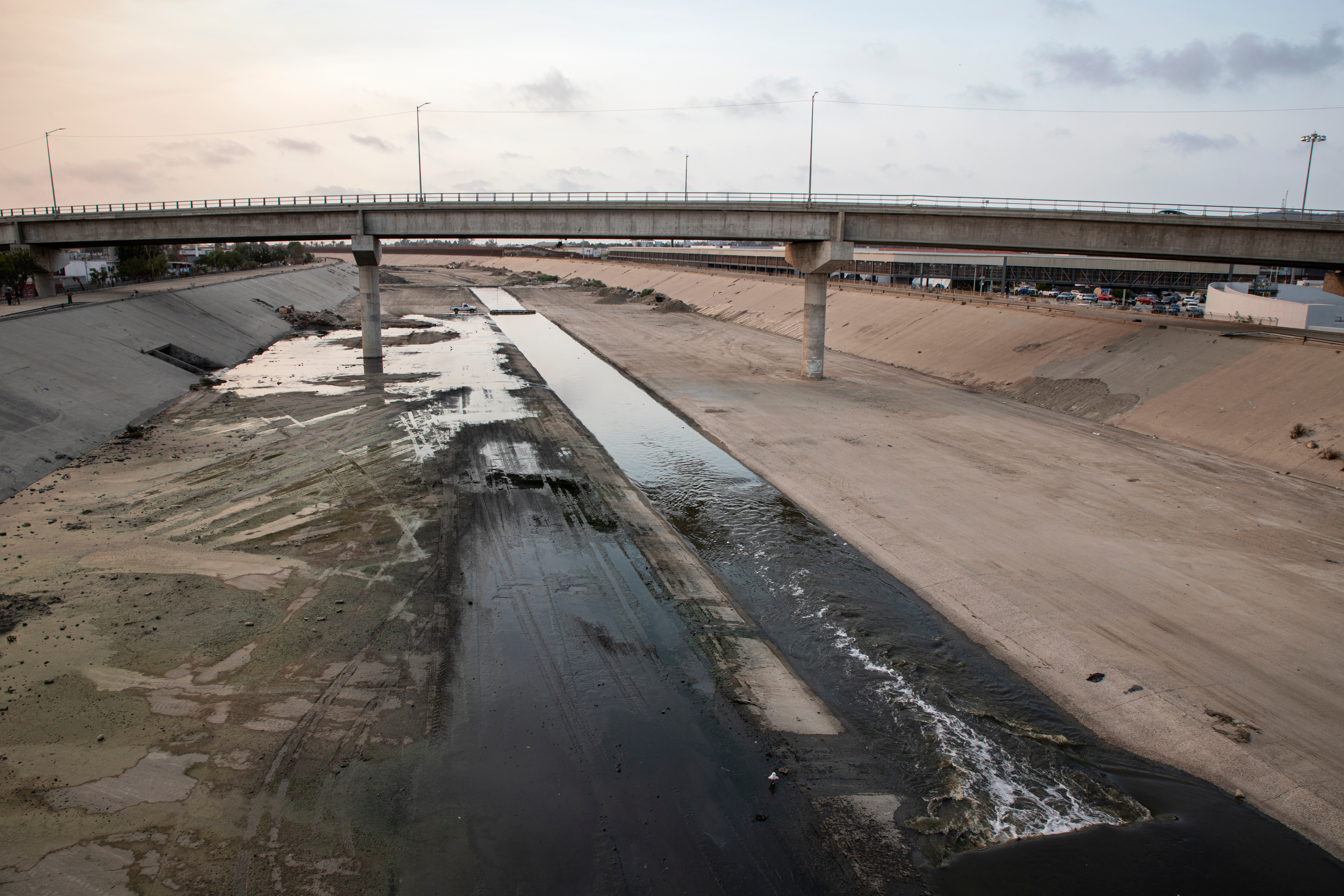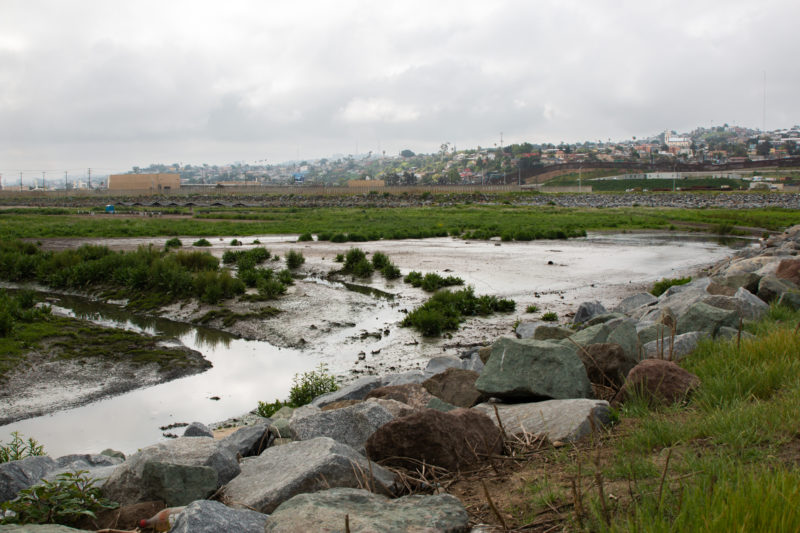
Vicente Calderon from Tijuana Press and I spend a lot of time picking our way around the sewage-laden Tijuana River, asking ourselves: How is it still this bad?
Our latest story from the cross-border sewage crisis plaguing Tijuana and San Diego illuminated that the current approach to solving the problem is a lot like putting a Band-Aid on the stomach flu.
The Band-Aid in this case is $300 million that Congress has charged the Environmental Protection Agency with deciding how to spend. But really, and here’s the flu part of the analogy, a lot of Tijuana’s infrastructure is just old and broken, or was never even built to support the neighborhoods that popped up on its hillsides. The city’s municipal services aren’t well funded and therefore don’t function as intended. And personnel and politicians running the governments and services there seem to change faster than I change my trash bag.
(If you want a primer on how this problem became a problem, check out a video explainer we put together as part of the new season of our San Diego 101 series.)
Because there’s bad stuff spilling into the ocean from both sides of the border, both countries want that $300 million Band-Aid for themselves.
Mayor Serge Dedina of Imperial Beach tweeted that stopping the flow from the river mouth (on the U.S. side) should be “first and foremost.” Rafael Castellanos, a Port of San Diego commissioner, seconded Dedina. He said the North American Development Bank (which gets and loans money from both countries) should pay for Mexico’s fixes.
I asked Tomás Torres, director of the EPA’s southwestern water division who’s worked on this problem for 20 years, why the U.S. and Mexico can’t create some kind of cross-border waste management team that roams freely throughout the watershed and services broken sewage pipes or facilitates trash pick-ups, instead of building another wastewater treatment plant (a Band-Aid) to deal with the consequence of the larger problem. To put it another way: Why can’t they tackle the problem from the source, together?
Torres said this hypothetical solution of shared services is a lot like the concept called mutual aid. In the United States, the EPA already has a program called “mutual aid and assistance for drinking water and wastewater utilities,” where, if there’s some kind of emergency, utilities can dial up the EPA to “quickly obtain help” getting equipment or actual boots on the ground. It’s “utilities helping utilities,” according to the program’s website. Ain’t that the cutest?
“It’s something we continue to ponder,” Torres said, in the cross-border sewage context. “The challenge always from the EPA side is, even if we had funding to do that, our congressional appropriations don’t allow us to do that.”
In other words, Congress gave the EPA $300 million to build something, not necessarily to solve something. There’s no money for “operation and maintenance,” or “O&M” in bureaucracy speak, which basically means long-term care of whatever is built. I’ve been asking EPA officials about that since Trump’s U.S.-Mexico-Canada Agreement designated money for the sewage crisis last year.
Torres said traditionally, Congress leaves operation and maintenance costs to whoever inherits what that money will build. EPA probably won’t run whatever it chooses to build at the border, Torres confirmed. It’ll likely be inherited by another agency, maybe a private company or another local government, or quite possibly by the International Boundary Water Commission, which runs the International Wastewater Treatment plant at the border now (which was never built big enough to handle the huge river and sewage flows we see these days).
“Congress didn’t want to get into the operations and maintenance business because it requires a sustained amount of money every year. While Congress is always investing in infrastructure and capital improvements, they have not given EPA authority to spend any money on O&M,” Torres said. “That can be changed.”
But Congress has to commit to it. I’m lookin’ at you, Sen. Dianne Feinstein.









